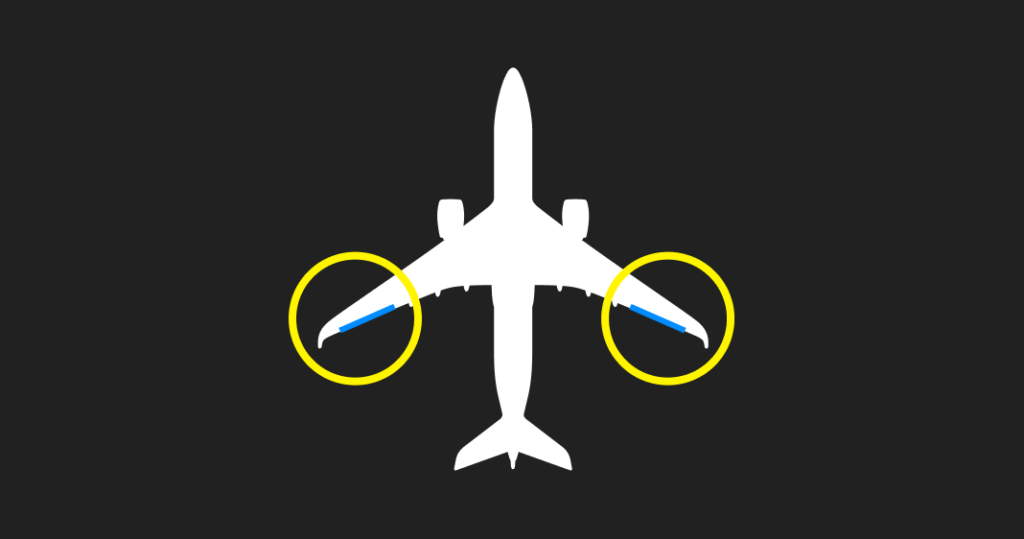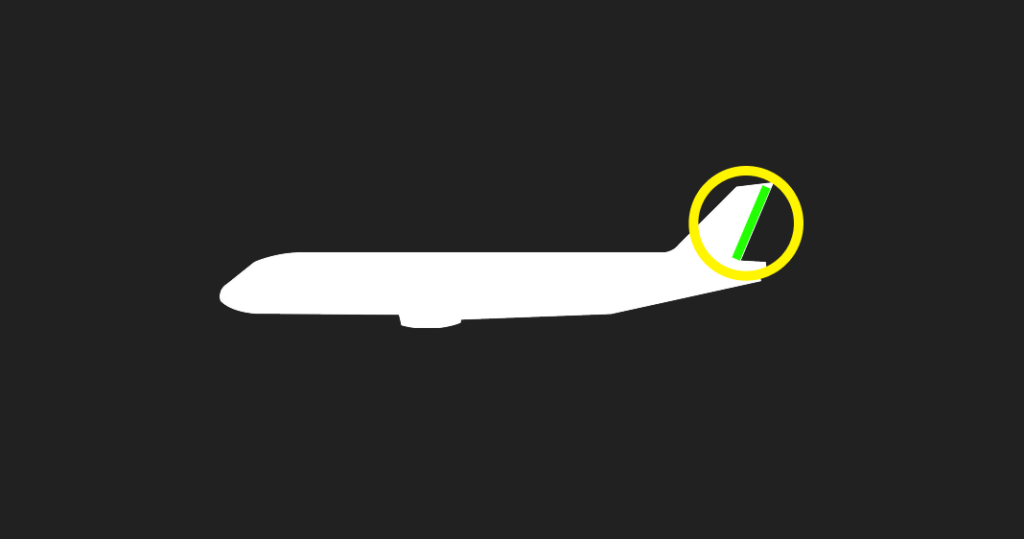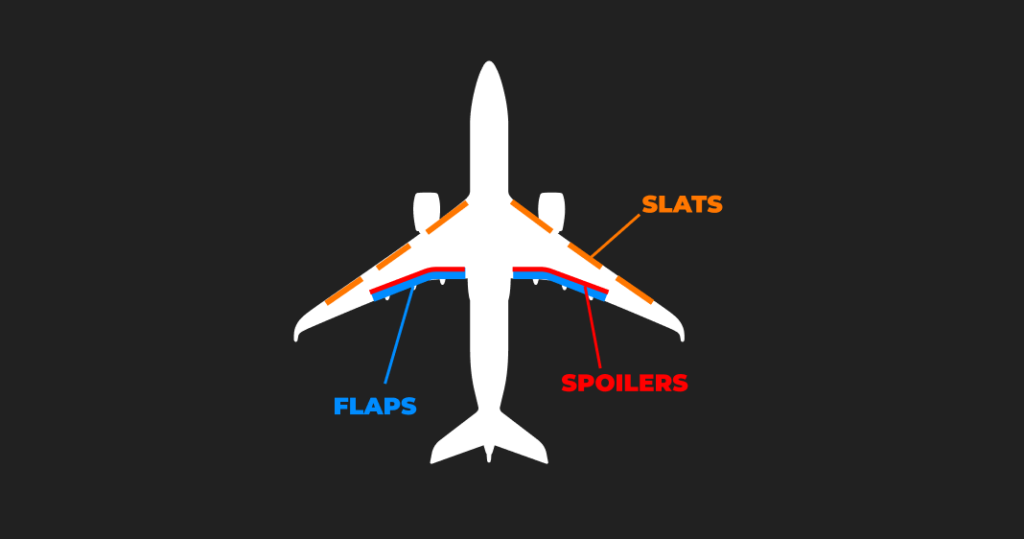When you watch a commercial airliner take off, cruise thousands of feet above the ground, and land with precision, it may seem like magic. In reality, it’s all thanks to a set of well-designed flight controls and the skill of trained pilots. This article will explain how pilots control planes, what systems are involved, and how each component works together to ensure a safe and stable flight.
The Three Axes of Flight
To understand how pilots control planes, it’s important to start with the three axes of movement:
- Pitch (up and down movement of the nose)
- Roll (tilting the wings from side to side)
- Yaw (side-to-side movement of the nose)
Each of these movements is controlled by specific control surfaces on the aircraft.

Primary Flight Controls
The primary flight controls are the most critical for controlling an aircraft. These include:
Elevators
Located on the horizontal stabilizer at the tail of the aircraft, elevators control pitch. When a pilot pulls back or pushes forward on the control column or yoke, the elevators move up or down. This causes the nose of the aircraft to rise or lower, allowing the plane to climb or descend.

Ailerons
Ailerons are located on the trailing edges of the wings and are responsible for controlling roll. When the pilot turns the yoke to the left, the left aileron moves up and the right aileron moves down. This reduces lift on the left wing and increases lift on the right wing, causing the aircraft to roll to the left. Turning the yoke to the right has the opposite effect: the right aileron goes up, the left goes down, and the aircraft rolls to the right.

Rudder
Mounted on the vertical stabilizer at the tail, the rudder controls yaw. Pilots use foot pedals to move the rudder left or right, helping to keep the aircraft coordinated during turns and counteracting unwanted yaw movements.

Secondary Flight Controls
While primary controls handle the basic movement, secondary controls optimize performance and safety.
Flaps
Flaps are located on the trailing edge of the wings and are extended during takeoff and landing. They increase lift and drag, allowing the aircraft to fly at lower speeds without stalling.
Slats
Slats are leading-edge devices that improve airflow over the wing at slow speeds. They extend automatically or manually to prevent stalls during takeoff or landing.
Spoilers
Spoilers disrupt airflow over the wing, reducing lift and increasing drag. They are often used during descent or immediately after landing to slow the aircraft.
Trim Tabs
Trim tabs are small adjustable surfaces on the primary controls that help maintain a stable flight attitude. They reduce the need for constant manual input from the pilot, especially during long flights.

How It All Works Together
In a typical flight, pilots use a coordinated combination of all these controls. For example, during a turn, the ailerons initiate the roll, the rudder prevents adverse yaw, and the elevators maintain altitude. On takeoff and landing, flaps and slats increase lift, while spoilers and brakes help slow the aircraft.
Modern aircraft often include fly-by-wire systems, where pilot inputs are transmitted electronically rather than through mechanical linkages. This allows for greater precision and often includes automatic stability adjustments. Some aircraft also use autopilot systems, which can manage heading, altitude, and speed with minimal pilot input.
Understanding how pilots control planes offers a fascinating look into the complexity and elegance of flight. Each control surface plays a specific role, and together they create the safe and smooth flying experience we often take for granted. Whether you’re an aspiring pilot or simply an aviation enthusiast, the systems behind aircraft control are a testament to engineering excellence and human skill.